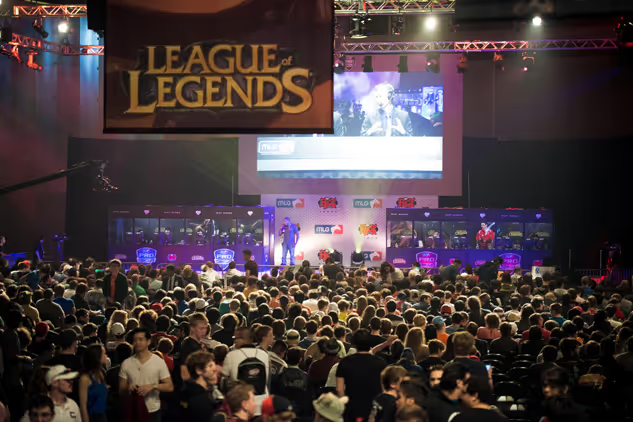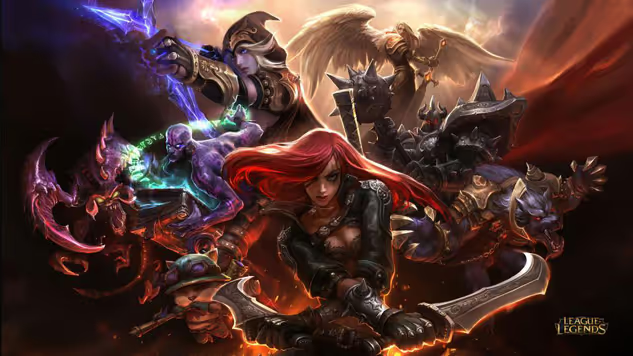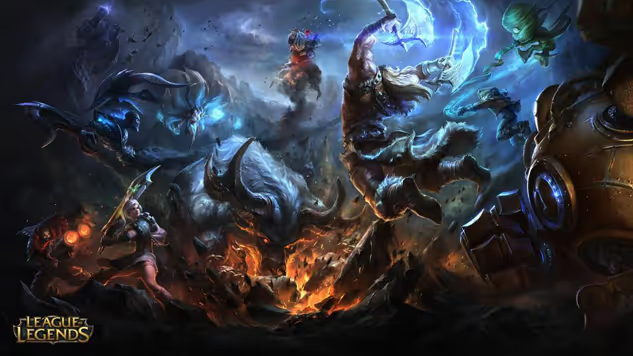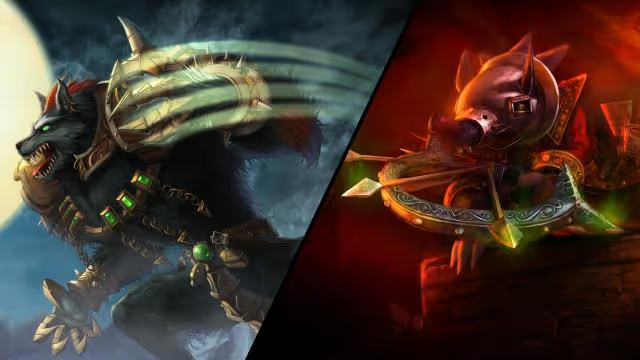What We Can Learn From The League of Legends Referral Program Update
The team behind League of Legends are kings of user acquisition and retention. Their main title League of Legends has over 27M daily active players and is showing no signs of slowing down. Needless to say, their incredible word of mouth naturally drives a large amount of users towards their game.

Game companies are constantly tasked with the issue of creating lasting growth. This is more important now than it ever was with the massive global growth of E-Sports as a viable business model. With League of Legends and Starcraft leading the way.
Creating not only immensely profitable games but turning those titles into its' own sport is at the top of mind for every game studio and their product development efforts.

Aside from creating a great game, their teams need to think about how they can build marketing into their game without alienating the userbase. A great way to do this is taking advantage of the natural use of the product to drive growth.
In this example, playing a game is always better with friends. So naturally a user will want to get their personal network in the game so they can play together.
Which is why the team behind League of Legends designed a refer-a-friend program to reward that user behavior. Turning referrals into one of their main user acquisition and user retention strategies.
But you have to be careful with designing your program around virality, as there are many games that sacrifice overall usability in order to get users to actively promote their games.

Games like Farmville and Kim Kardashian: Hollywood among many others, prevent users from advancing through their game unless the user promotes the game to their friends.
While League of Legends doesn't prevent users from playing the game, there were still holes in the overall reward-tier structure and fraud prevention process of their referral program.
So the team is completely overhauling how they reward players for making referrals.
As well as improving their process for fraudulent user detection. (IE bots gaming their system.)

Problems with the current refer-a-friend program
Reward Tier Structure
“..the average player faces a dilemma where attractive rewards like Grey Warwick and Medieval Twitch are prohibitively difficult to obtain..”
“We understand that the current refer-a-friend reward structure isn’t ideal for the average player.”
“We found that the majority of League players refer between one and five friends, and we’ve designed the refer-a-friend update to reward you for bringing those friends into the game.”
Fraudulent Behavior
“...70% of accounts with 10 or more referrals are abusing the Refer-a-Friend program.”
“...99% of accounts with 100 or more referrals are abusing the Refer-a-Friend program”

New Program Details:
Reducing the barrier to high-tier reward (Grey Warwick Skin) from 25 referrals to 3 successful referrals.
Reducing the barrier to high-tier reward (Medieval Twitch Skin) from 50 referrals to 5 successful referrals.
Improved monitoring process for fraudulent behavior.

What we can learn:
Pick Rewards That Matter
The team realized that the top end referral rewards were unreachable for a large percentage of their userbase.
Which led to reduced program participation and the unfortunate creation of an underground black market for accounts that had those coveted rewards.
They looked at their referral program usage data and found that users on average send between 1-3 referral invites.
Armed with that data they overhauled their reward tiers to give out the top-end rewards for 3 and 5 successful referrals.
This is a great example of understanding your users' underlying motivations for making a referral and designing the program to reward that behavior.
Monitor Fraudulent Behavior
The League of Legends team know they have a problem with fraudulent behavior that is ruining the playing experience for their players.
When investigating the key issues behind this behavior they uncovered that their referral program was incentivizing users to cheat the system and gain rewards.
They found that over 70% of accounts with 10 or more referrals were engaging in fraudulent behavior and this number increased to 99% of accounts that had 100 or more referrals.
Clearly there was a strong correlation between power referral users and fraudulent behavior, so the team is now implementing measures to enhance their fraud detection.
Like decreasing the amount of referrals that need to be made to get the top-end rewards, which will hopefully decrease the demand for black market accounts.
This won't be the only measure they will need to tackle their issues with fraud, but it's a strong statement to their userbase that the team is looking to eliminate this element from their game.

TLDR;
- Design your program with achievable goals.
- Monitor your power users for fraudulent behavior.
- Even the more successful referral programs can use an update.
Sources:
League of Legends Referral Program Update
LoL has 27M Daily Active Users